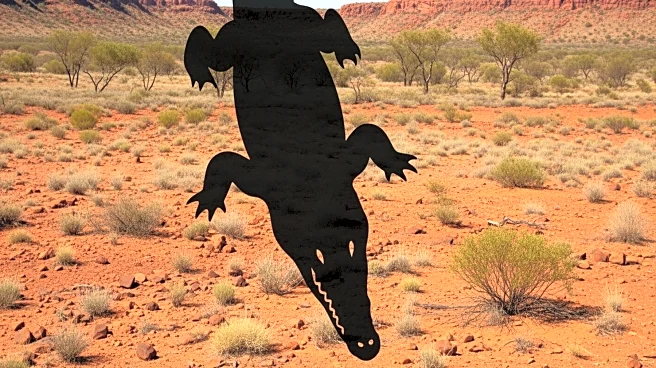What's Happening?
Researchers have successfully sequenced RNA from a 39,000-year-old mammoth, marking the oldest RNA ever recorded. This breakthrough, led by Emilio Mármol Sánchez and his team, provides new insights into ancient genetics and the biology of extinct species.
The study reveals that RNA can survive much longer than previously thought, offering a new perspective on the genetic makeup and environmental adaptations of prehistoric creatures.
Why It's Important?
The ability to sequence ancient RNA opens new avenues for understanding the biology and evolution of extinct species. This research enhances our knowledge of genetic expression and adaptation in ancient environments, potentially informing conservation strategies for modern species facing environmental changes. The findings also contribute to the broader field of paleogenomics, offering a deeper understanding of the genetic history of life on Earth.
What's Next?
The research team plans to continue exploring ancient RNA sequences to uncover more details about extinct species and their ecosystems. This could lead to new discoveries about the genetic diversity and evolutionary history of prehistoric life, providing valuable insights for both scientific research and conservation efforts.













